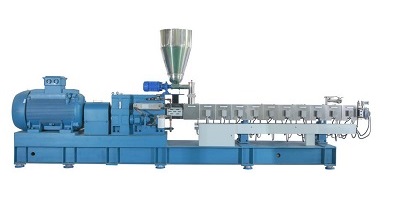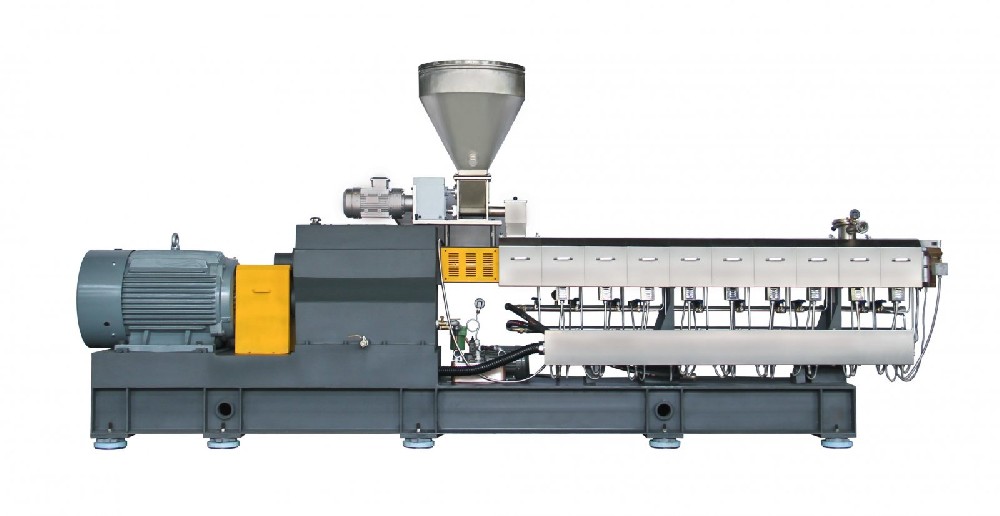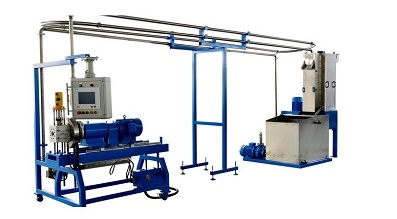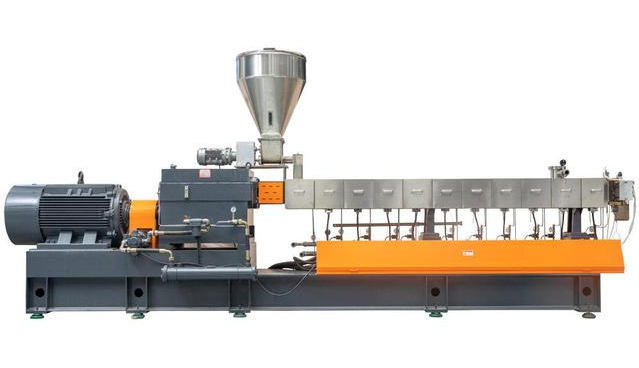The close relationship between injection speed and product quality makes it a key parameter of injection molding.
By determining the beginning, middle and end of the filling speed segment and realizing the smooth transition from one set point to another, the stable melt surface speed can be guaranteed to produce the desired molecular weight and minimum internal stress.
The following speed segmentation principle is recommended:
1. The velocity of the fluid surface should be constant.
2. Rapid injection shall be used to prevent melt freezing during injection.
3. The setting of glue injection speed should take into account the slowing down of the speed at the water inlet while rapidly filling the critical area (such as the flow channel).
4. The injection speed should ensure that the mold cavity is stopped immediately after filling to prevent overfilling, flash and residual stress.
The basis for setting the speed segment must take into account the mold geometry, other flow restrictions and instability factors. The speed setting must have a clear understanding of the injection molding process and material knowledge, otherwise, the product quality will be difficult to control. Because the melt flow rate is difficult to measure directly, it can be calculated indirectly by measuring the screw forward speed or the cavity pressure (to ensure that the check valve has no leakage).
Material properties are very important, because polymers may degrade due to different stresses. Increasing the molding temperature may lead to severe oxidation and chemical structure degradation, but at the same time, the degradation caused by shear becomes smaller, because the high temperature reduces the viscosity of the material and reduces the shear stress. Undoubtedly, the multi-stage injection speed is very helpful for forming heat-sensitive materials such as PC, POM, UPVC and their blending. The geometry of the mold is also the decisive factor: the maximum injection speed is required at the thin wall; Thick wall parts need slow-fast-slow speed curve to avoid defects; In order to ensure that the quality of the parts meets the standard, the injection speed setting should ensure that the flow rate of the melt front remains unchanged.
The melt flow rate is very important because it will affect the molecular arrangement direction and surface state of the part; When the melt reaches the cross zone structure in front of it, it should slow down; For the complex mold with radial diffusion, the melt throughput should be increased evenly; The long runner must be filled quickly to reduce the cooling of the melt front, but the injection of materials with high viscosity, such as PC, is an exception, because too fast speed will bring the cold material into the cavity through the inlet.
Adjusting the injection speed can help eliminate the defects caused by the slow flow at the water inlet. When the melt passes through the nozzle and the flow channel and reaches the inlet, the surface of the melt front may have cooled and solidified, or the flow channel may suddenly narrow and cause the melt to stop until enough pressure is established to push the melt through the inlet, which will make the pressure through the inlet appear peak.
High pressure will damage the material and cause surface defects such as flow marks and inlet burning, which can be overcome by decelerating just in front of the inlet. This deceleration can prevent excessive shear at the water inlet, and then increase the injection rate to the original value. Because it is very difficult to accurately control the rate of fire to slow down at the inlet, it is a better plan to slow down at the end of the flow passage.
 ch
ch English
English





